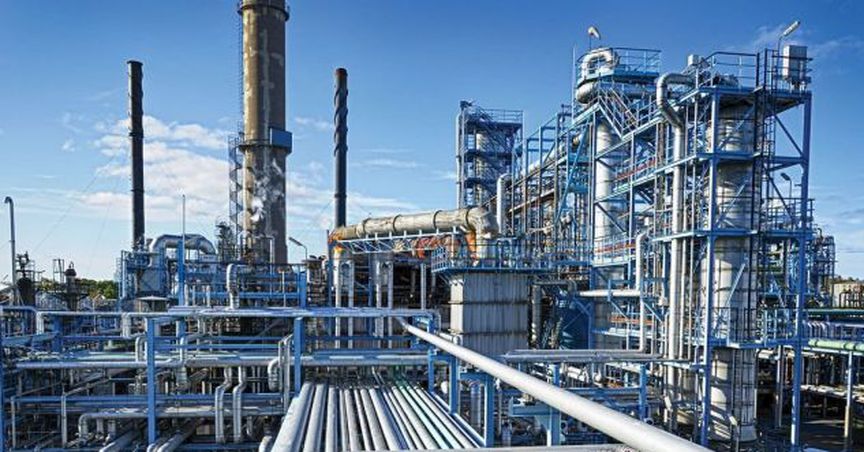Crude oil prices embarked an upward journey since the commencement of the first quarter of the year 2019, yet the worst performance of the commodity in the last quarter of the year 2018 concerned the market participants over the future of oil market.
Crude oil prices dropped drastically in the last quarter of the year 2018 with Crude spot (XBR) dropped from the level of $86.62 (Dayâs High on 3 October 2018) per barrel to approx. $50 per barrel (Dayâs Low on 26 December 2018).
However, the prices soon picked in the first quarter of 2019 with Crude Spot (XBR) marking a rise from the level of $50.41 (26 December 2018), to the present level of ~$69, which marked a quarterly gain. However, the magnitude of the drop and the risk-reward profile of crude oil concern the energy investors over the future of the oil market.
The last quarter drop created a difference of approx. $36 between the Octoberâs high and Decemberâs low and on the other hand the first quarterly gain of the year 2019 marked a difference of approx. $18 from the Decemberâs low to Marchâs high. The high downside difference as compared to the upside difference on a quarterly basis; in turn, is marking a shift of energy investors towards alternative energy sources such as Liquefied Natural Gas (LNG).
Building U.S. Shale oil and OPEC production cut has divided energy investors into two groups; one group believes oil prices will remain capped and increased U.S. shale gas output will eventually pull the oil prices downwards despite production cut from OPEC members. On the other side, there are market participants that sees crude oil prices to rally over the tenure of 10-15 years.
Investors who see oil falling also apprise the pressure exerting by the U.S. President Donald Trump on OPEC to ramp up the production coupled with the rise in U.S. Shale oil.
The predicament on the future of oil prices is marking a shift of investors towards other energy resources such as LNG.
Natural Gas Scenario:
Natural Gas prices declined as summer season approached in the United States with Natural Gas Futures (NYMEX) declining from the level of $4.929 (Novemberâs high) to the level of $2.5439 (Februaryâs low) amid less demand in the global market coupled with rising supply. However, the increased stance of global economies to shift towards zero-emission is expected by energyâs investors to boost the price of the commodity.
Coal which used to catch a significant chunk of energy segment is facing tighter import regulations in various major economies across the globe. Heightened awareness about the harmful emission effect of coal burning coupled with the harm of flora and fauna in the mining region has led many countries to suspend the burning and mining operations of the coal.
A dilemma in oil prices along with diminishing coal from the energy industry is expected to create a demand surge in the alternative energy pollution-free sources such as natural gas.
Energy investors who usually enjoys the high volatility in the market are getting more risk-averse as the future of the oil market looks vague as evident by the stagnant oil prices and high spread between risk and reward. However, the shift to alternative energy resources will not mark a sudden uprise as energy investors will be eyeing on the U.S. Shale oil to gauge the oil market.
Albeit, a predicament in the oil market, diminishing coal from the energy industry, increased stance to curb pollution, are all pointing towards natural gas to possibly emerge as a significant source of energy.
Disclaimer
This website is a service of Kalkine Media Pty. Ltd. A.C.N. 629 651 672. The website has been prepared for informational purposes only and is not intended to be used as a complete source of information on any particular company. Kalkine Media does not in any way endorse or recommend individuals, products or services that may be discussed on this site. Our publications are NOT a solicitation or recommendation to buy, sell or hold. We are neither licensed nor qualified to provide investment advice.





_07_01_2025_00_35_15_412895.jpg)
